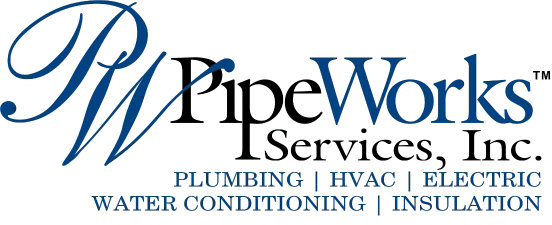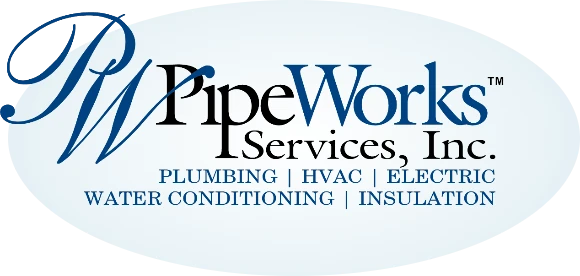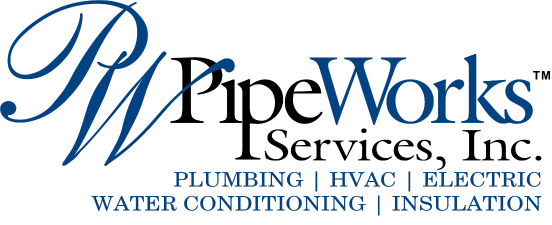Most consumers are familiar with the large yellow and black EnergyGuide label on or inside air conditioners, large appliances, furnaces, and water heaters. Learning to correctly interpret one of these labels will help you make a more informed choice on saving energy while operating your new appliance or unit.
According to the Federal Trade Commission, the labels are designed as a comparison tool for consumers to gauge the energy used by different appliance models. Since 1975, these labels have reflected the latest efficiency ratings based on HVAC industry tests and government standards. There are three main sections to the EnergyGuide label:
On the left beneath the EnergyGuide logo is a list of the features included with these models and similar models in that particular cost range. The list on the label’s right side itemizes the manufacturer, the model number, and the size or capacity of the appliance.
Beneath the heading “Estimated Yearly Operating Cost” at the center of the EnergyGuide label is the dollar amount you might pay annually to run the appliance. This estimate is based on how much electricity the unit uses plus the national — not local — average charge for electricity use. Similar models can cost more or less, as indicated by the price range example beneath the amount. Keep in mind that the national average electricity charge is reexamined every five years, so it’s always accurate.
The lower third of the EnergyGuide label features an estimate of how many electrical kilowatts the appliance will use during a full year’s worth of normal use. This number will help you judge what your actual operating cost will be if it’s multiplied by your local electrical rate.
An Energy Star logo will also be on the label if the appliance is energy efficient enough to qualify for that rating. For most consumers, purchasing a large home appliance or heating or cooling unit is a major financial decision. Taking advantage of the information available to you on the EnergyGuide label can mean long-term savings on operating costs.
For more expert information on choosing the right air conditioner or appliance, visit Pipe Works Services, Inc. We’ve been serving Morris, Union, Somerset, and Essex counties since 2000. Our goal is to help educate our customers about energy and home comfort issues (specific to HVAC systems). For more information about EnergyGuide labels and other HVAC topics, download our free Home Comfort Resource guide. Pipe Works Services serves Chatham, NJ, and the surrounding areas.




